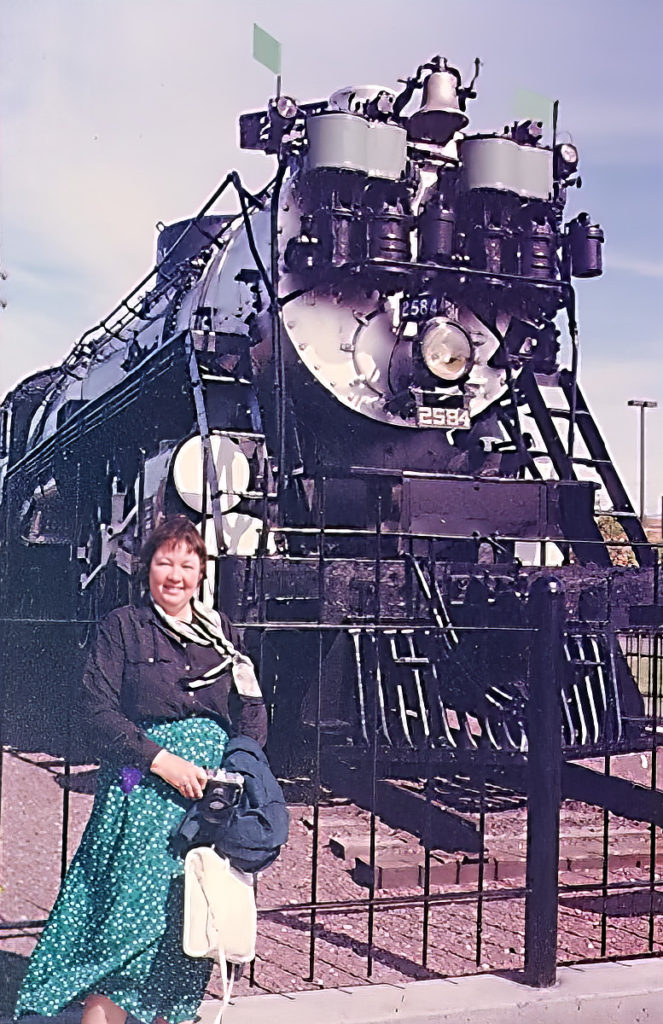Civil War Quiz: What Do You Know About Women’s Role in the Civil War?
Q#1 – In the years before the Civil War, the lives of American women were shaped by a set of ideals. What was the name that historians call these ideals?
Q#2 – According to the best available records from the Civil War, how many women disguised themselves as men and fought in the Union and Confederate armies during the Civil War?
Q#3 – With the outbreak of war in 1861, thousands of women eagerly volunteered to help with the Union cause forming organized ladies’ aid societies. What did these societies provide?
Q#4 – Many women wanted to take a more active role in the war effort. What was the name of the woman who inspired other women to find a way to work on the front lines, caring for sick and injured soldiers and keeping the rest of the Union troops healthy and safe?
Q#5 – Responding to increasing number of women wanting to support the war effort, in June 1861, what was the name of the agency created by the Federal Government?
Q#6 – What was the name of the female activist that was appointed the Superintendent of Army nurses be the Federal Government?
Q#7 – What was the name of the female American novelist, short story writer, and poet who was also a nurse for the Union Army?
Q#8 – For the Confederate troops, in addition to cooking mending clothing, and performing nursing duties, what personal act did they often perform for wounded soldiers?
Q#9 – In addition to performing nursing duties in hospitals, where else did Southern women volunteer to perform these duties?
Q#10 – What was the name of the woman who worked as a cook and nurse for the Union before she was asked to organize former slaves in South Carolina into a spy network?
Q#11 – This wealthy widow from Virginia, freed all her family’s slaves after her husband’s death. During the Civil War, she brought supplies to Union prisoners at Libby Prison. While visiting the prisoners, she picked up important tactical information about Confederate positions from them and passed that information on to Union leaders using couriers. What was this woman’s name?
Q#12 – On the Confederate side, this wealthy debutante from Martinsburg, Virginia working as a nurse, she wooed Union officers and convinced them to share information with her about troop movements. She then passed this information on to Confederate officers. What was her name?
Q#13 – This woman was also a Civil War nurse. She supplied her own wagon and drove out to the field of battle to tend to wounded soldiers without any permission of the Union War Department. What was her name?
Q#14 – For the Confederate government’s Department of the Treasury, what role was assigned to women?
Q#15 – Allan Pinkerton was made head of the Union Secret Service and one of his first orders was to conduct surveillance of a suspected Confederate female spy. What was the name of this spy?

